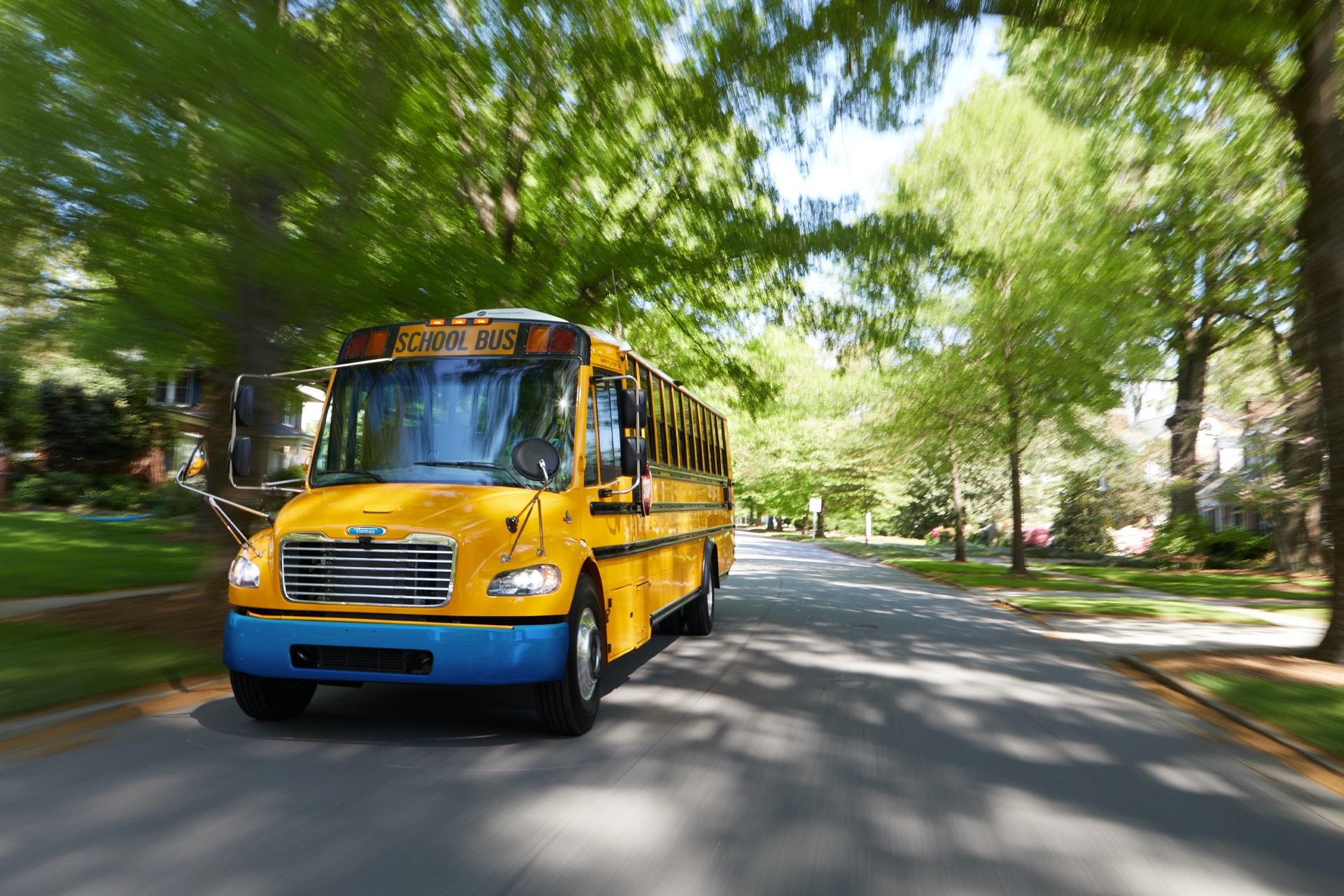
The transition to electric vehicles (EVs) is a global trend that is rapidly gaining momentum, and the school bus sector is no exception. This article explores the electrification of school buses in North America, the overall sentiment towards their functionality, current market trends, and relevant use cases where they have been implemented.
Electric school buses offer numerous advantages over their diesel counterparts. They produce zero tailpipe emissions, reducing students’ exposure to harmful pollutants1. Moreover, they are responsible for significantly lower levels of greenhouse gases2.
Leading manufacturers like Lion Electric, Bluebird, and more, manufacture all-electric school buses, including key components like chassis, battery packs, cabins, and powertrains3. These buses are designed for optimal performance in school transportation, offering a reliable and eco-friendly solution.
The electric school bus market is witnessing a significant growth. As of June 2024, the U.S. has committed to 12,164 electric school buses, serving approximately 200,000 students4. This number has increased six-fold since 2021, indicating a strong upward trend.
California leads in electric school bus adoption with over 2,300 committed buses, followed by Illinois, New York, Maryland, and Florida4. The growth in adoption is supported by funding sources like the Environmental Protection Agency’s (EPA) Clean School Bus Program and California’s Hybrid and Zero-Emission Truck and Bus Voucher Incentive Program4.
One notable use case of school bus electrification is the Orange Unified School District (USD) in California. The district currently operates 15 electric buses and plans to replace 31 diesel buses by 20255. The transition to electric buses has been well-received by students, drivers, and community members, contributing to a cleaner and quieter environment5.
The district received a grant from the Southern California Edison Charge Ready Transport Program, enabling the installation of 15 level-2 AC charging stations5. The electric buses have proven reliable across various terrains and weather conditions, and the district spends about 22 cents per mile on charging, compared to over one dollar per mile for diesel fuel5.
The electrification of school buses in North America is a promising trend that offers significant environmental, health, and economic benefits. As more school districts like Orange USD successfully implement electric bus fleets, the future of school transportation looks increasingly electric.
At FuSE, we are committed to facilitating access to Low Carbon Fuel Standards on behalf of companies, municipalities, transit agencies, CCA’s and others deploying electric vehicles and equipment. We believe in the potential of electric school buses to transform school transportation, reduce emissions, and create a healthier environment for our children.
What are your thoughts on the electrification of school buses? Do you think this trend will continue to grow in the coming years?